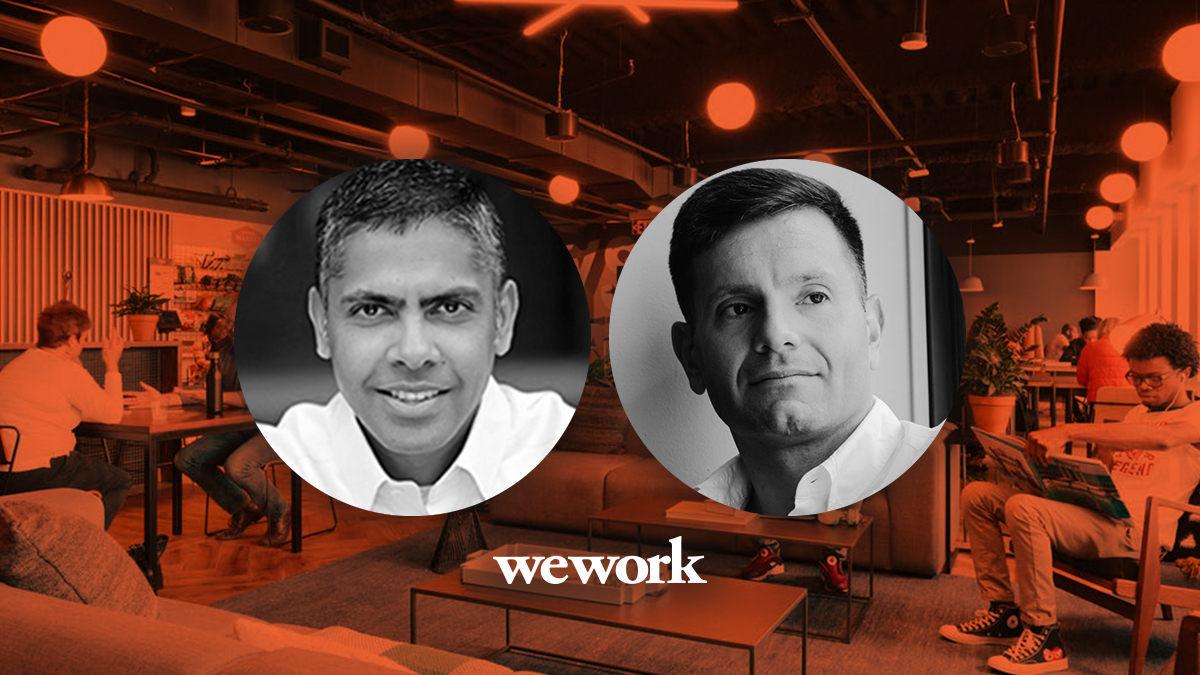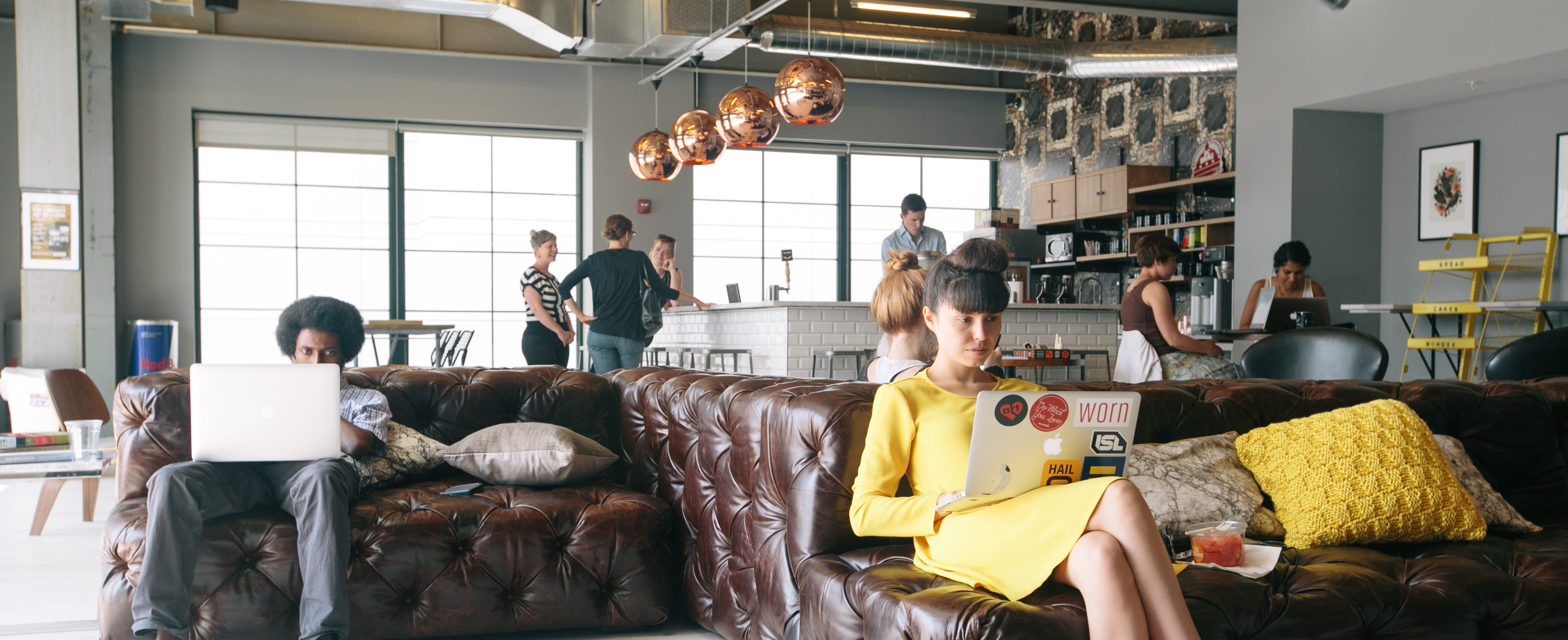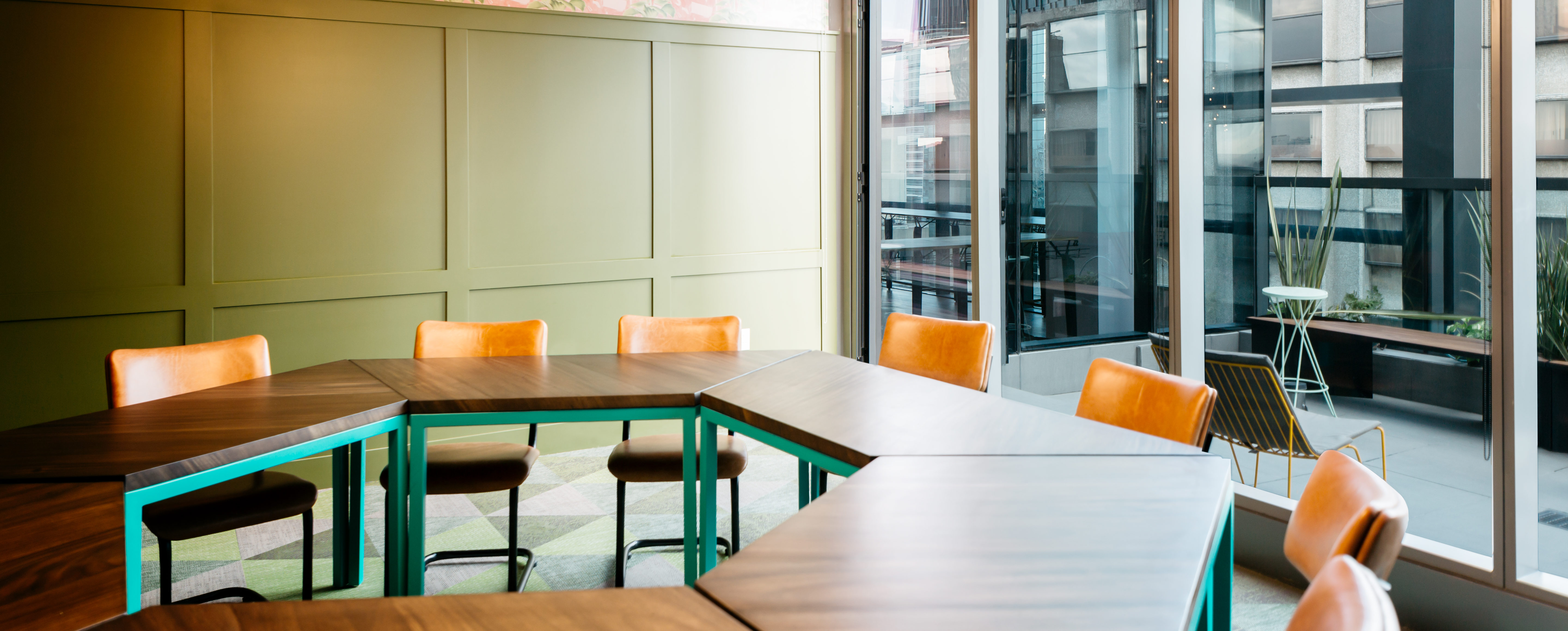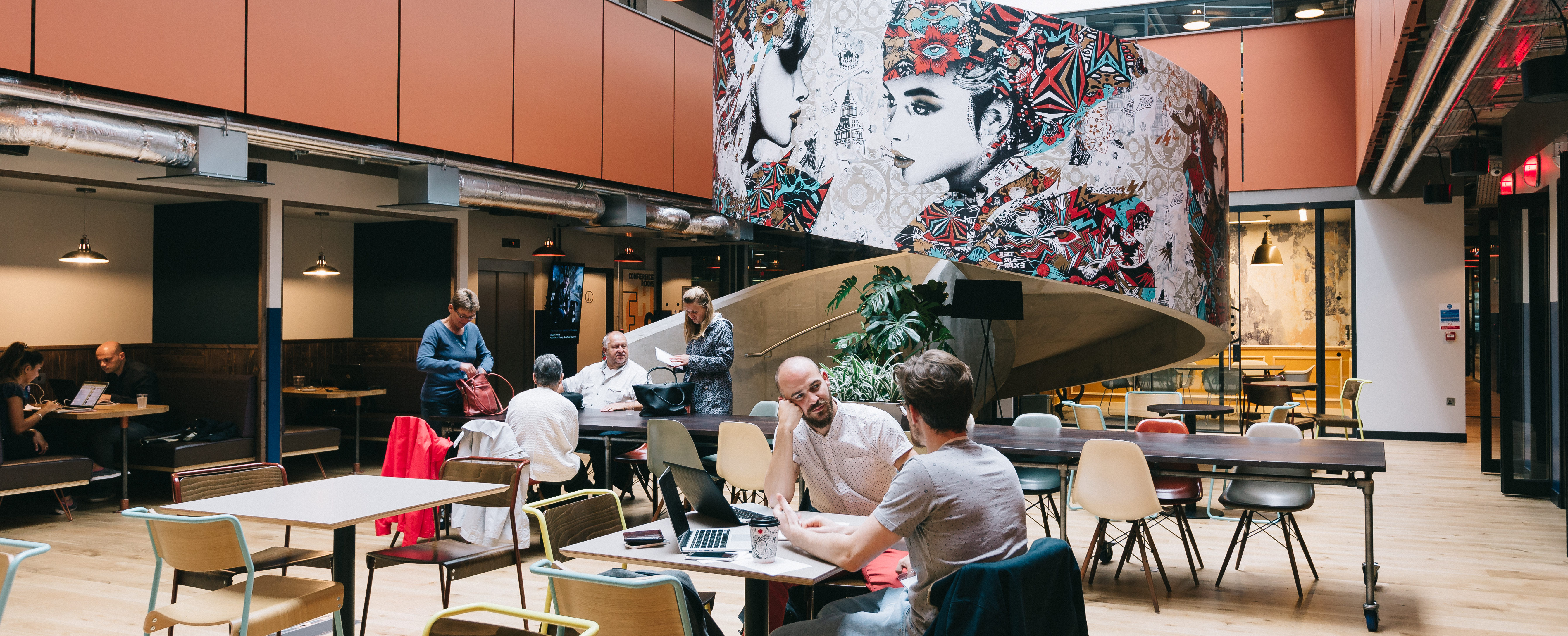
In preparation for the BuiltWorlds Summit this week, we reached out to one of the event’s keynote speakers, Veresh Sita of WeWork, to discuss the ways in which his company is shifting the real estate landscape by acting as an “end-to-end solution.” We also spoke with Sita’s colleague, Doug Chambers, who is now with WeWork after founding Fieldlens, which WeWork acquired last year.
Why does WeWork care to oversee every aspect of the building process? What is Fieldlens’ role in that process post-acquisition? Also, how are they looking forward into the build space’s future? We learned about all of that and so much more while sitting down with Sita and Chambers to talk shop about WeWork’s focus and future.
Why is it vital for WeWork to provide an end-to-end solution in the building process rather than just acting as a real estate owner that leases properties?
Veresh Sita: “We are one the few companies that builds and manages our buildings from start to finish – acting as an owner, operator, and client organization. More specifically, we identify, lease, design, build, and manage buildings at various points of a building’s life cycle. By overseeing every step of the building process, we are able to create a space that is both unique and central to the WeWork experience.”

How is the acquisition of Fieldlens improving WeWork’s ability to provide those solutions?
Doug Chambers: “Fieldlens and WeWork share a vision to create an operating system for physical space that makes building and managing spaces faster, smarter, and more efficient. As a client, WeWork relied on our technology platform to fundamentally impact every moment of a WeWork building’s life cycle. We have helped WeWork innovate on every aspect of the building process by connecting everyone on-site in real-time, ensuring clear communication and a free and easy exchange of information at every stage.
Now with WeWork, we are challenging the way people have traditionally built and managed physical spaces and will continue to improve this process with leading proprietary space management technology and workflow management tools provided by Fieldlens.”

How does WeWork intend to “humanize the physical space with digital technology”?
Veresh Sita: “Whenever someone walks into a WeWork, there is a unique and immediate energy felt within our space. This isn’t accidental; it’s by design. At WeWork, data and technology truly underpins everything we do and provides the foundation that our company’s culture is built upon. From site selection and space utilization, which encourages WeWork members to interact in our physical space, to our member network, which facilitates our members’ interaction on a global scale, we use technology to help our members connect both in person in our buildings and globally.
Most importantly, all of our spaces are constructed and designed with community in mind – we want you to get to know the other members working around you, whether that’s by bumping into them in the pantry while grabbing your morning coffee or getting to know them after work at a networking happy hour.”

WeWork has set a large focus on research – research for buildings, systems, spaces, cities, and more. How does WeWork gather information about the built environment to best maneuver itself to stay ahead of the industry, five, ten, fifteen years from now?
Veresh Sita: “We are experiencing a macro cultural shift, where more people – across generations, races, and geographies – are looking for more meaning and flexibility in what they do, where they can work in an energetic environment surrounded by others who are also working hard to bring their ideas to life. WeWork has tapped into this societal shift through the space, services, and community that we provide our members, but we do ask ourselves, ‘what will it look like in 3 to 5 years? 10 years from now?’
This is why we need research and value its importance here. At WeWork, we see research as an investment for our future and have our own in-house team dedicated to understanding the intersections of people, spaces, and technology within our product, design, delivery, and operations.
For example, we use our R&D team to continually evaluate how our space is used – from how many seats are filled in a conference room, to how frequently members use our phone booths, and for how long. Our designers and architects then incorporate that data into our design process so our spaces can be used most efficiently and so our members have the best opportunities to connect organically every day.
By leveraging our research capabilities, we are able to effectively build products that have near-term impact, that solve problems, and that capitalize on the opportunities of the future.”

Discussion
Be the first to leave a comment.
You must be a member of the BuiltWorlds community to join the discussion.